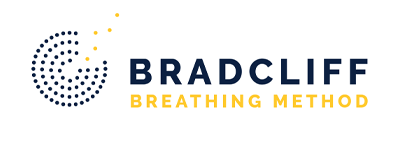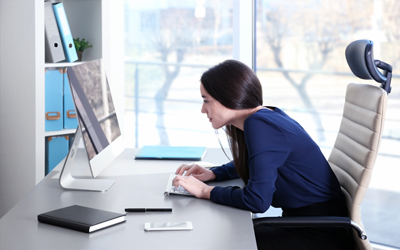- Home
- Services
- Classes & Programs
- What We Treat
- Meet the Team
- About Us
- Patient Info
- Get in Touch
- Home
- Services▼
- Classes & Programs▼
- What We Treat▼
- Meet the Team
- About Us▼
- Patient Info
- Get in Touch


For better breathing
For better health
Patrick Keating, Director and Principal Physiotherapist at Bay Active Physio is a trained Bradcliff ® Method practitioner.
https://www.youtube.com/watch?v=wPI3qc9VMdQ
The method helps patients who overcome breathing disorders producing a wide range of disturbing symptoms. The Bradcliff ® Method helps breaking the cycle of poor breathing patterns, enabling to restore energy-efficient breathing, improving energy levels, and renewing self-confidence.
Typical symptoms are:
*Check with your doctor if you experience these symptoms.

Our natural breathing pattern is:
When in doubt, breathe out.
Disordered breathing occurs when upper chest breathing, usually at a faster rate and often through the mouth, becomes the dominant pattern of breathing especially at rest.
Disordered breathing can also include big sighs, yawning, breath holding, feelings of breathlessness, or feeling unable to take a good breath in or out.
Over time, disordered breathing can cause a large variety of symptoms including dizziness, anxiety, pins and needles, chest pain or tension, blurred vision, feeling easily overwhelmed, and constantly on edge.
The first step for control and restoration of normal physiology is breathing retaining.
Learning to return your breathing to a baseline level of relaxation allows the body and mind to start the process of returning to a normal balanced state. Once this is mastered then daily practise leads to the ability to grow and flourish, physically, mentally and spiritually.
Learning to let go and relax is the essence of being present, but sadly due to life in the 21st century this is often severely compromised. The first goal is to experience Baseline Relaxation and Calm with assistance, and then learn to achieve this at home, work, and in other stressful situations

Breath holding and i-hunch postures affect your breathing. It only takes 24 hours to change a pattern for it then to potentially become habitual.
Informations reproduced with permission from Bradcliff ® New Zealand https://www.bradcliff.com/
Call (02) 9363 0490 or fill out the form below